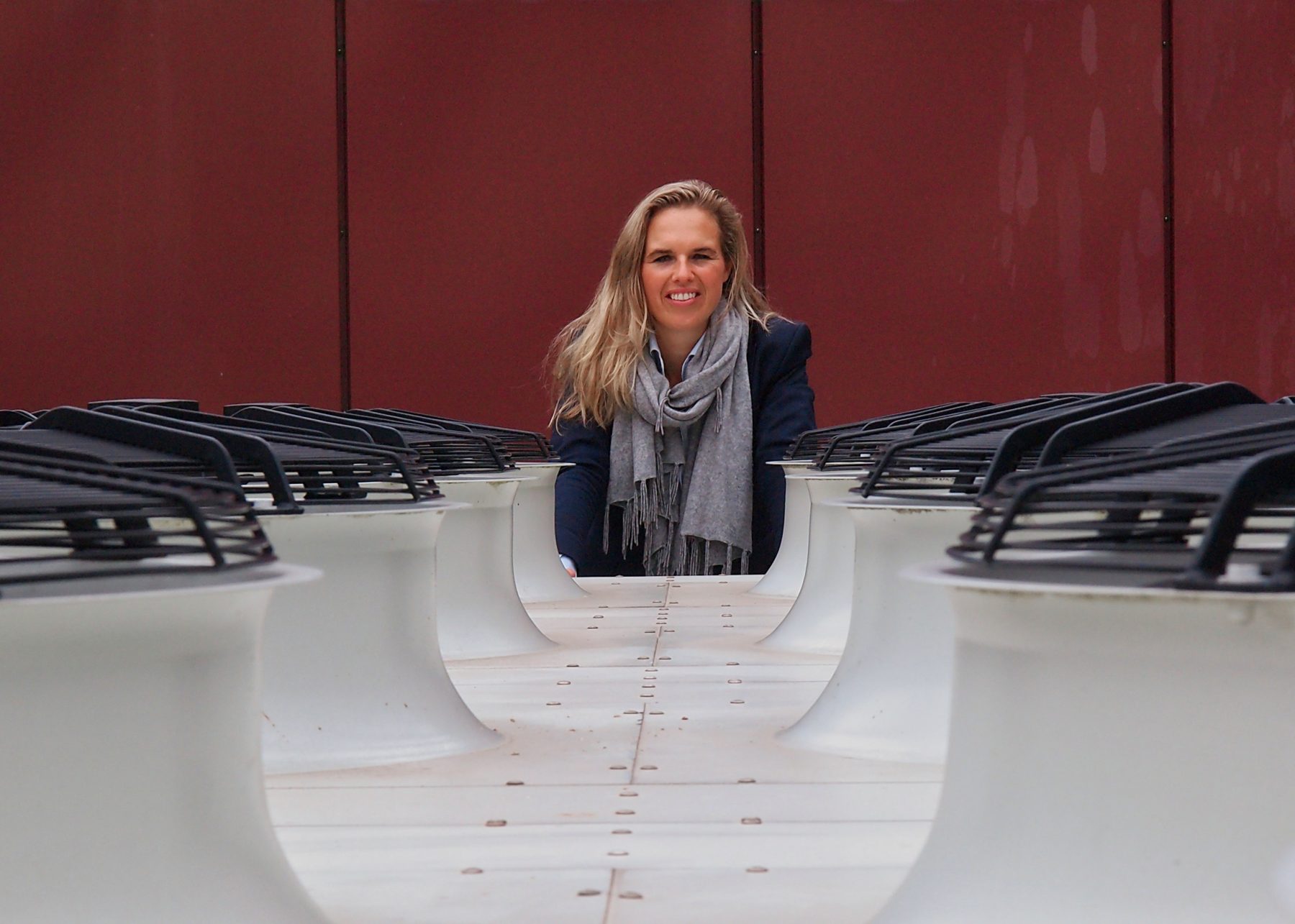Charging has started already but will not be completed until next year. By then, the wells will be full of heat and cold. Bizarrely, they will have extracted and injected the temperatures from and into each other. This may sound mysterious and indeed it still is for many people, explains Rooske Gaal. She is the energy coordinator at the VU Energy Coordination Centre and VU University Medical Center Amsterdam. Together with her colleagues, she ensures that there is never a moment’s power outage across much of the two buildings, something that is essential for patients and long-term research projects. ‘It works a bit like a refrigerator. They also give off heat at the rear’, explains Gaal. The heat is stored in a warm well underground, when a lot of cold rises during the summer months. Similarly, the cold well in the ground fills up in the winter with cold that is released when heat flows upwards. After a year of charging with help from above, the system will operate independently, although it may occasionally need help from installations above ground at peak periods.
See how it works
Dutch invention
The geothermal storage technology is a Dutch invention. The reservoirs are located in water-bearing sand strata underground, something with which we are very familiar here in the Netherlands. If the ground was rocky, it would be rather more difficult. This is why this technique is relatively well-developed in the Netherlands and seen as a source of sustainable energy. This is not the case in the rest of Europe.
Solar panels
From 2004 to 2006, VU Amsterdam installed a geothermal energy system beneath the Care and Welfare Educational Institute (OZW). So why is the new system only being installed now? ‘The need to be gas-free is something quite new’, says Gaal. ‘Three years ago, all kinds of different scenarios were considered for that purpose.’ This also included solar panels, but they are always only a partial solution, according to Gaal. ‘Even if we covered the entire roof with solar panels, we could generate only 8% of all of the energy we need.’ Geothermal storage supplies more energy, but is very complicated to install. Two wells need to be dug deep in the ground and the systems in the building need to be adapted accordingly. The temperatures that emerge from the ground are different from those from gas-fired boilers and electric air-conditioning systems.
Postage stamp
It is also essential to carefully consider the surroundings when installing geothermal storage, especially in Zuidas. Different reservoirs must not be too close to each other, as the heat and cold can leak across. ‘That’s something to watch out for in this postage-stamp size area of Amsterdam’, says Gaal. All of the large-scale users in the local area also offer an advantage: they can share heating and cooling. ‘A loop system can be installed around the reservoirs. This can be used to supplement energy requirements and share external sources.’ Back in 2006, O|2 and Acta had a pipeline installed to extract cold from 30 m underground from the Nieuwe Meer. Gaal: ‘In the future, it will probably also be possible to obtain heat from waste processing.’

Give your opinion